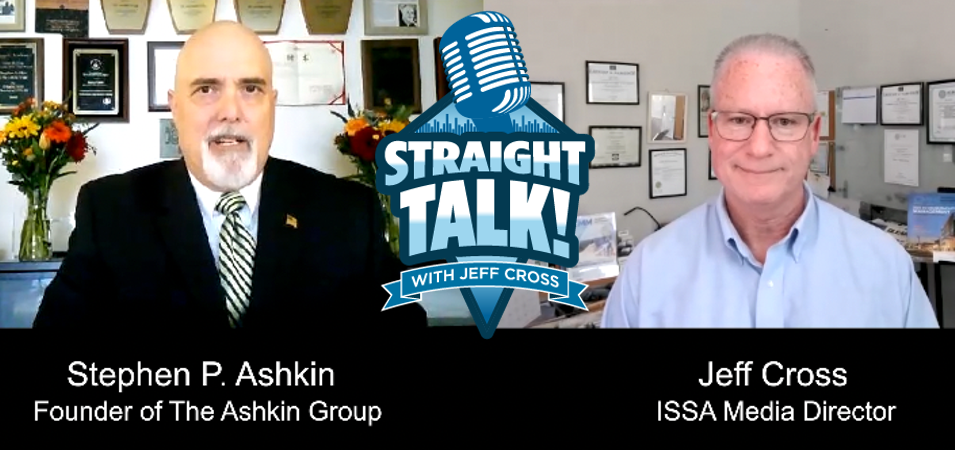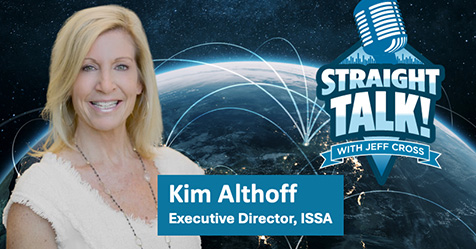Before discussing where the green cleaning movement is headed, it is important to discuss where it began and what it has accomplished. This is important considering the huge annual impacts of the cleaning industry in the United States:
- $117 billion in revenues, according to MarketResearch.com
- 2.5 million janitorial and building cleaners employed, according to the U.S. Bureau of Labor Statistics
- 6 billion pounds of cleaning chemicals consumed—some of which are known to be harmful to health and the environment
- 4.5 billion pounds of sanitary paper products consumed—requiring the cutting of approximately 25 million trees
- 100 billion plastic bags consumed—requiring the equivalent of 12 million barrels of oil to manufacture, according to Waste Management.
And these figures are only for the U.S. To truly understand the impact of the global cleaning industry, the numbers above would likely need to be increased by a factor of 20 or more. While the cleaning industry is not the major contributor to environmental issues such as climate change or worker rights issues, it is a huge industry with a substantial footprint and ability to make a positive contribution to solving these and other pressing problems.
Green cleaning timeline
Beginning in the 1990s, purchasers realized they had choices and began purchasing products based on their personal values around health and environmental issues. In business, we call it values-based preferential purchasing. However, identifying the preferred attributes from a health and environmental perspective proved to be complicated.
Beginning in the 2000s, third-party certifiers such as Green Seal, ECOLOGO—now owned by Underwriters Laboratories (UL)—and the U.S. Environmental Protection Agency’s (EPA) Safer Choice programs developed standards and certified products that met their standards, making it easier for purchasers to buy “green” products with confidence. It no longer required a Ph.D. in chemistry to determine which products were safer from a health and environmental perspective.
At the same time, rating systems for whole buildings began to emerge such as the U.S. Green Building Council’s Leadership in Energy and Environmental Design (LEED) rating system. The LEED for Existing Buildings certification became the “roadmap” to help purchasers buy green cleaning chemicals, paper, liners, equipment and entryway mats; require training for workers; and help implement policies, quality control systems, and more.
As a result of LEED and third-party certifications, hundreds of manufacturers have certified thousands of products voluntarily, using the marketplace in a manner that reduces the risk of harm to our workers, building occupants, and the environment.
Where do we go from here?
There are numerous product innovations on the horizon to help the industry on its path from green to sustainable. Those innovations include on-site generators of cleaning chemicals; Ultraviolet
(UV-C) light as an alternative to chemical disinfectants; higher performing battery-powered backpack vacuums; carpet cleaners that recycle water; tools that reduce ergonomic injuries; robots that address labor shortages; and Internet of Things- (IoT) connected devices that measure occupancy or identify when restrooms need cleaning or restocking.
Beyond these and other innovations, the next big step for the cleaning industry is sustainability. Just as some purchasers began to prefer certified green cleaning products over conventional products two decades ago, purchasers are realizing that they have even more choices today.
The driver of sustainability
Beginning in the 2010s, large investors such as pension and retirement funds began considering potential risks to their investments from environmental factors like hurricanes, tornadoes, forest fires, rising sea levels, and draughts. They did due diligence to understand the risk from these environmental and weather-related issues so they could make better investments. Sustainability measures are simply seen as smarter investing.
As organizations developed sustainability programs, investors wanted additional information about the risks from other practices such as labor (e.g., using forced and child labor, especially if manufacturing in developing countries), illegal mining and harvesting, legal exposure from corrupt practices, and ultimately, risks related to their entire supply chain.
Today, over 90% of the companies listed on the S&P 500 stock market index report on their sustainability efforts and increasingly are requiring their suppliers, including those in the cleaning industry, to report their environmental impacts as well. These reporting requirements are currently moving from voluntary to required as the U.S. Securities and Exchange Commission (SEC) works to standardize sustainability reporting to make it easier for investors to compare risks.
For these investors and companies, sustainability goes far beyond environmental impacts and also considers social impacts and how organizations are governed.
What cleaning companies can do
The first step to assure cleaning company transparency is for them to develop a baseline focusing on the issues most significant to their operation. In addition to the percentage of green products manufactured, distributed, or used, reporting examples include (by sector):
Manufacturers—Depending on what they make, manufacturers could focus on their energy and water use, along with waste and recycling related issues.
Distributors—They could focus on fuel consumption and the efficiency of their delivery fleet, which would be their biggest impact, along with the energy used to light, heat, and cool warehouses.
End-user or service provider—Providers could focus on social impacts such as wages and benefits, hiring practices (e.g., equity, diversity, the hiring of veterans and people with disabilities), training, and other issues related to human resources since their biggest impact is their employees.
Once the baseline is completed, sustainability leaders and purchasers look for improvement goals and determine the organization’s progress toward achieving its goals. Ultimately, sustainability will differentiate itself from green cleaning. Whereas green cleaning focuses on products and services, sustainability is a measure of how the organization itself operates.
In fact, some believe there is no such thing as a truly “sustainable” product. Without sustainability reporting, even “bad” companies can make, distribute, or provide services that are considered green. However, an authentically green product or service can only come from an organization that is committed to the sustainability journey by reporting on its social equity, environmental, and governance efforts. Publicly reporting these efforts will help purchasers buy green cleaning products from companies that have demonstrated a true commitment to becoming more sustainable.
As green cleaning began to change the landscape of the cleaning industry 30 years ago, today sustainability is poised to be the “disruptor” of our industry. Not only will sustainability become a tool for purchasers looking to reduce their organizations’ risk, but it will also become a boon for the cleaning industry, helping drive efficiencies and other cost-savings efforts while improving its commitment to frontline workers and the environment.
RELATED VIDEO: Steve Ashkin discusses the green product pathway in this Straight Talk! episode with ISSA Media Director Jeff Cross. Watch now.





